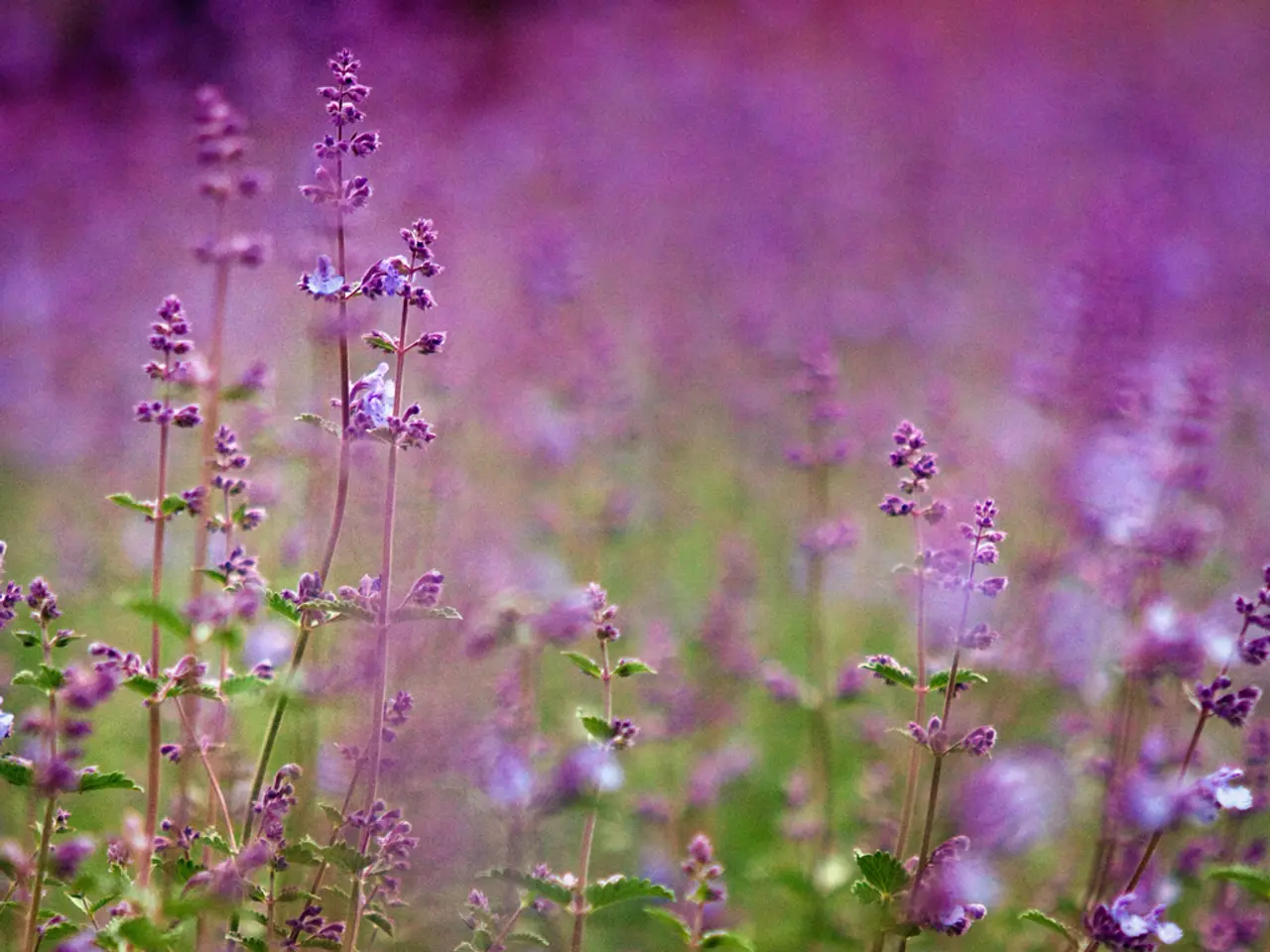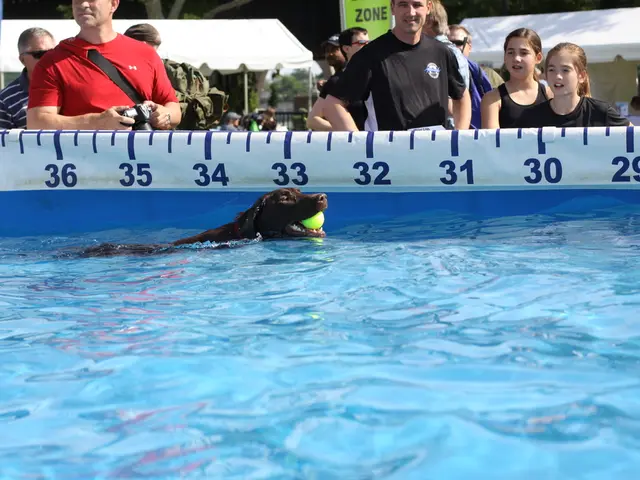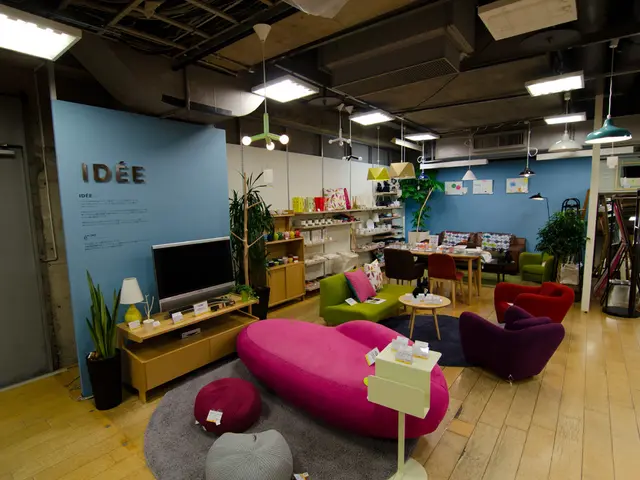Cultivating Lavender in Containers: Ideas for Growing Lavender Successfully in Potted Arrangements
Growing Lavender in Pots: A Guide for Gardeners
Lavender, with its fragrant flowers and versatile uses, is a popular choice for gardeners. For those with unsuitable soil conditions or limited access to green space, growing lavender in pots is an excellent solution. Here's a comprehensive guide on how to care for containerized lavender.
Choosing the Right Varieties
When it comes to planting lavender in pots, winter-hardy and compact types such as "Hidcote Blue," "Munstead," "Blue Cushion," "Jamlitz," and "Dwarf Blue" are ideal. These varieties tolerate frost and suit container growth. Non-winter-hardy types like the "Schopflavendel" (French lavender) should be grown in pots to be brought indoors during cold weather.
Selecting the Perfect Pot
Lavender pots need to be large enough for the soil to insulate the plants' roots and still drain easily. A good potting mix for lavender container care is a sandy, alkaline, well-draining mix with slow-release fertilizer pellets. Fill the pot with a mixture of compost, sand, and/or gravel for optimal growth.
Good drainage is essential to lavender container care. If the pot you choose doesn't have plenty of drainage holes in the bottom, drill a few more. In regions with hot or sparse rainfall, plan for daily or weekly irrigation for containerized lavender.
Caring for Your Lavender
Lavender plants like heat and don't enjoy being damp. Established lavender plants prefer soil that is allowed to dry between each watering. When watering containerized lavender, avoid wetting the leaves or foliage.
Pruning lavender in a container helps maintain the desired size and shape and promotes flowering. Indoors, a south-facing window is ideal for containerized lavender, and a grow light may be necessary if natural light isn't sufficient.
Propagation
Lavender can be grown from seed or from cuttings. To propagate from cuttings, take cuttings from existing plants just below a node where a set of leaves join the stem, dip in root hormone, and insert into warm, moist, sandy soil.
Choosing the Right Location
Planning ahead for how and where to situate your pots or other containers is helpful. Lavender doesn't like cold weather, so many varieties won't survive a cold winter. Therefore, consider the plant's size at maturity relative to the container, and choose dwarf varieties of lavender for containers.
Special Considerations
If you plan on keeping the pot inside, you'll need a saucer to catch the water, but avoid choosing pots with saucers attached to the bottom. Containerized lavender allows for moving the plant when weather conditions become too harsh and can be winterized indoors, such as in a basement.
In regions with hot or sparse rainfall, plan for daily or weekly irrigation for containerized lavender. Potted lavender plants need 6 to 8 hours of direct light each day.
Exploring Varieties
Dwarf Munstead English Lavender, Lacy Frills English Lavender, Provence French Lavender, Thumbelina Leigh English Lavender, Wee One English Lavender, and Anouk Spanish Lavender are some lavender varieties that do well in containers. Local garden centers or extension services can provide advice on the best cultivars for a specific climate.
Read also:
- Budget cuts at federal and state levels jeopardize advancements in fighting HIV and AIDS within Dallas County
- Strategies for Maintaining and Boosting Physical Activity as You Grow Older
- Understanding Prediabetes: A Precursory Condition to Diabetes
- Strategies for Strengthening a Nigerian Infant's Immune System




